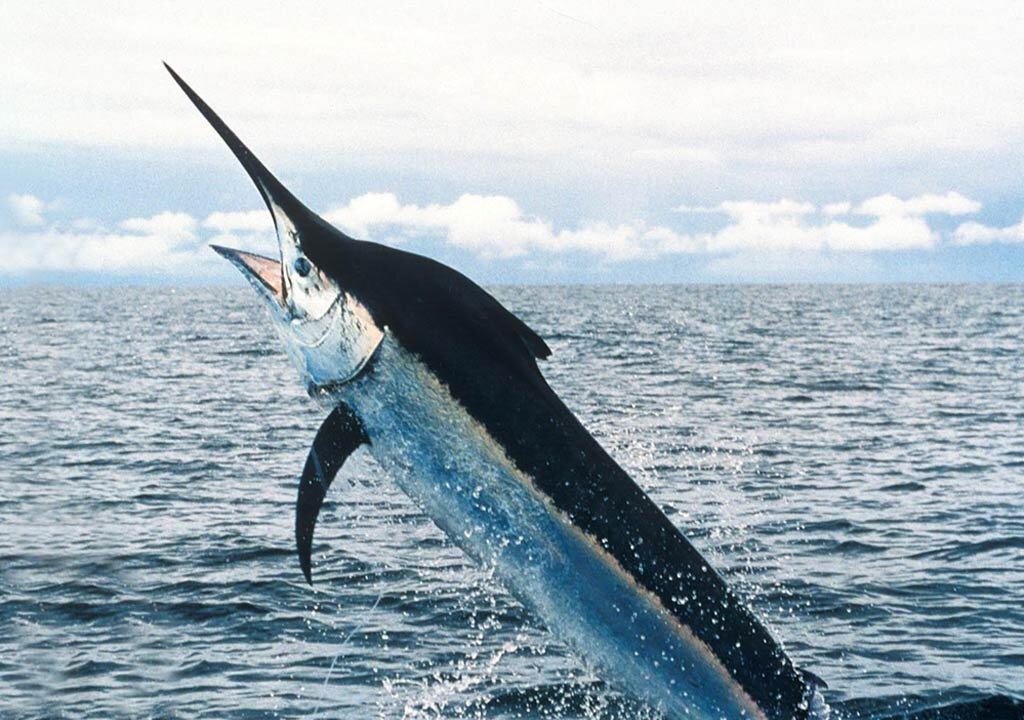A Florida fisherman’s recent catch is turning heads.
Captain Nick Stanczyk took several clients out on his boat near the Florida Keys. About 10 minutes later, he noticed a fish bite.


A Florida fisherman’s recent catch is turning heads.
Captain Nick Stanczyk took several clients out on his boat near the Florida Keys. About 10 minutes later, he noticed a fish bite.